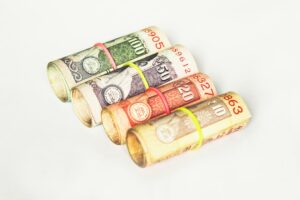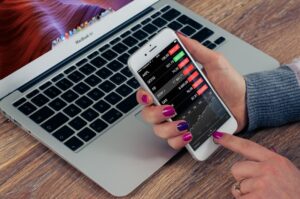The Basics of Trading Forex in Australia: A Beginner’s Guide
Forex trading, also known as foreign exchange trading, is the buying and selling of currencies on the foreign exchange market. It is a decentralized global market where all the world’s currencies are traded. Forex trading has become increasingly popular in recent years, especially in Australia, where it has gained traction among both experienced traders and beginners looking to enter the market. This article will provide a beginner’s guide to trading forex in Australia, covering the basics and important considerations for those new to the market.
Understanding the Forex Market
Before diving into forex trading, it is crucial to understand how the market operates. The forex market operates 24 hours a day, five days a week, allowing traders to participate at any time. The market is decentralized, meaning that there is no central exchange where all transactions take place. Instead, trading occurs electronically over-the-counter (OTC), with trades executed through computer networks between participants worldwide.
Currency Pairs
In forex trading, currencies are always traded in pairs. The first currency in the pair is called the base currency, and the second currency is the quote currency. The exchange rate between the two currencies indicates how much of the quote currency is required to buy one unit of the base currency. For example, in the AUD/USD currency pair, the Australian dollar (AUD) is the base currency, and the U.S. dollar (USD) is the quote currency.
Pip and Lot Size
Pip is an abbreviation for “percentage in point” and represents the smallest unit of measurement in forex trading. It is used to measure the change in value between two currencies. Most currency pairs are quoted to the fourth decimal place, with the exception of the Japanese yen pairs, which are quoted to the second decimal place.
Lot size refers to the volume of a trade. Standard lot size is 100,000 units of the base currency, while mini and micro lot sizes are 10,000 and 1,000 units, respectively. Lot size determines the potential profit or loss of a trade, as pip values vary based on the lot size.
Choosing a Forex Broker
Selecting a reliable forex broker is crucial for successful trading. In Australia, forex brokers must be licensed and regulated by the Australian Securities and Investments Commission (ASIC). It is essential to choose a broker that offers competitive spreads, a user-friendly trading platform, and excellent customer support.
Developing a Trading Strategy
Having a well-defined trading strategy is crucial for consistent profitability in forex trading. A trading strategy outlines the rules and conditions for entering and exiting trades, including risk management strategies. It is essential to backtest and refine the strategy before executing trades in a live account.
Risk Management
Risk management is an integral part of forex trading. It involves implementing strategies to minimize potential losses and protect capital. Traders should define their risk tolerance and set stop-loss orders to automatically exit trades if the market moves against them. Additionally, using proper position sizing techniques, such as not risking more than a certain percentage of the trading account on a single trade, can help limit losses.
Market Analysis
To make informed trading decisions, traders need to analyze the forex market. There are two primary methods of analysis: fundamental and technical analysis. Fundamental analysis involves studying economic indicators, such as interest rates, GDP growth, and employment data, to understand the underlying factors affecting currency values. Technical analysis, on the other hand, involves using historical price data and technical indicators to identify trends and potential entry and exit points.
Demo Trading
Before risking real money, beginners should practice trading in a demo account. Most forex brokers offer demo accounts that simulate real market conditions, allowing traders to test their strategies and gain experience without financial risk. Demo trading is an essential step in the learning process, enabling traders to familiarize themselves with the trading platform and gain confidence before transitioning to live trading.
Conclusion
Trading forex in Australia offers a wide range of opportunities for both beginner and experienced traders. By understanding the basics of the forex market, choosing a reliable broker, developing a trading strategy, implementing risk management techniques, and conducting market analysis, beginners can start their forex trading journey on the right foot. It is important to remember that forex trading carries inherent risks, and continuous education and practice are necessary to succeed in this dynamic market.






